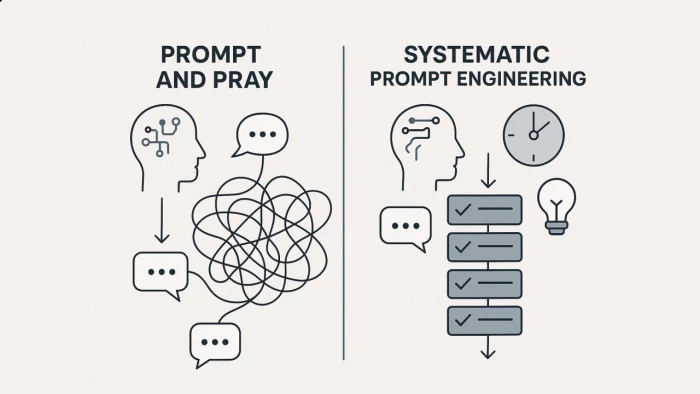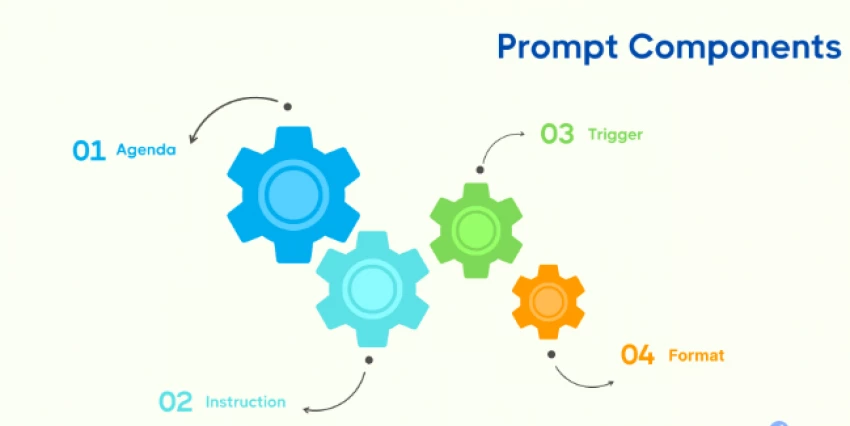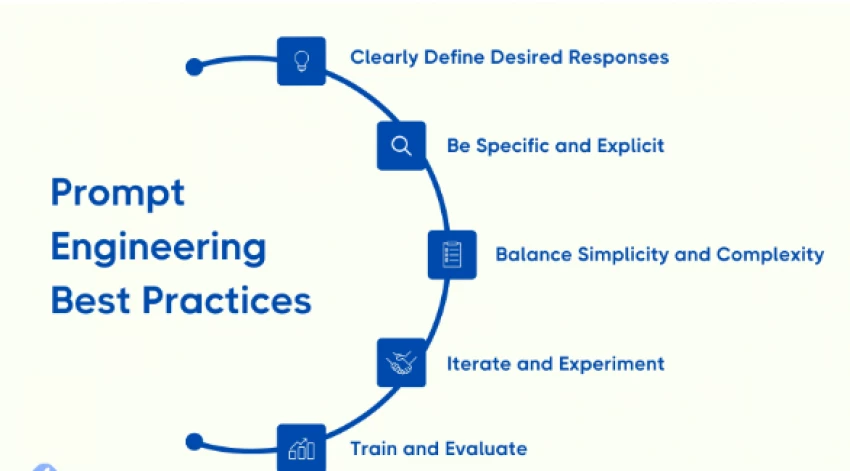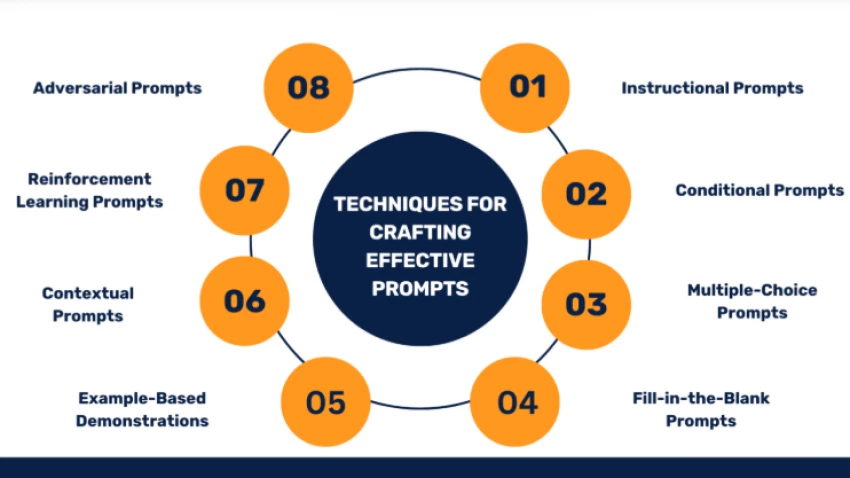

Prompting large language models like ChatGPT may appear simple, but results vary drastically based on how a prompt is structured. Clear, strategic inputs lead to useful, accurate, and actionable outputs. Vague or overloaded prompts do the opposite.

This guide highlights common prompting mistakes and how to correct them using practical examples and proven techniques.
Clear intent improves content quality.
Breaking complex outputs into manageable tasks increases coherence and quality.

Generic requests like “Summarize this” produce generic responses. Instead:
Audience context drives tone, format, and vocabulary.
Use accessible language for better results.
Prompts should be iterative. Structure a series:
This ensures clarity and control over output.

Explore real use cases and community feedback on effective prompting in this Reddit thread or this Quora discussion.
| Task | Template |
|---|---|
| Blog Idea Generation | “Suggest 10 blog topics about AI in education for millennial parents.” |
| Email Rewriting | “Rewrite this for a warm, persuasive follow-up email.” |
| LinkedIn Summary | “Summarize this research for a post aimed at tech professionals.” |
| Product Comparison | “Compare [Tool A] vs [Tool B] for small business use.” |
| Campaign Analysis | “What made this ad campaign effective? Break down timing and emotional strategy.” |
Prompting is no longer optional for content, marketing, or product teams using AI. It’s a critical communication skill, and one that directly affects performance. Precise inputs lead to accurate, helpful outputs. With practice and structure, AI becomes a powerful creative extension of any team.
Be the first to post comment!